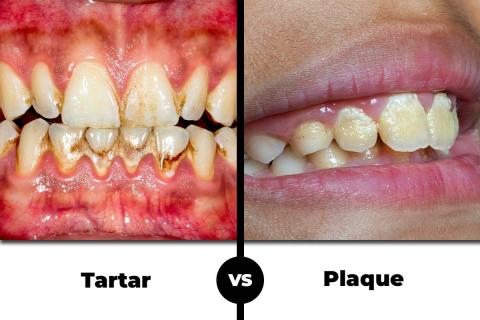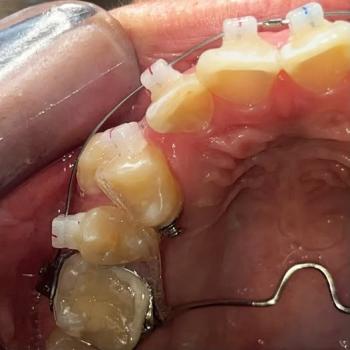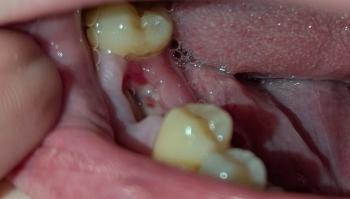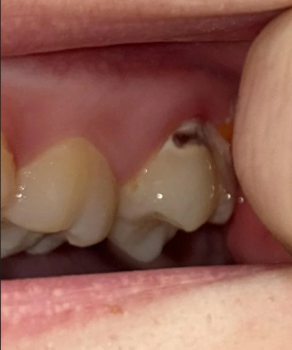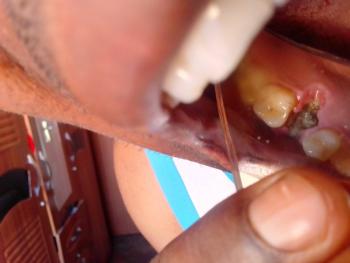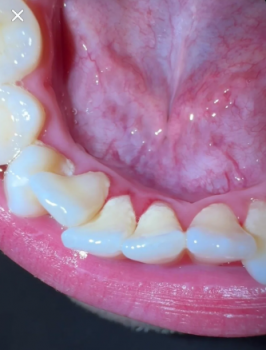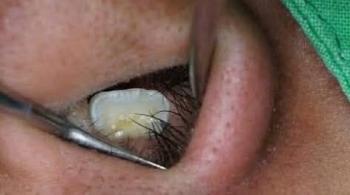Where Bright Smiles Begin.
Tartar vs. Plaque: What’s the Real Difference and How to Stop the Damage
Severity:
Teeth Problems:
Did You Know?
Plaque and tartar aren’t the same thing — but they’re closely related! Understanding how they form and how to treat them is key to maintaining a healthy, confident smile.
What Is Plaque?
Plaque is a soft, sticky film made up of bacteria, food particles, and saliva that forms on your teeth every single day.
You can usually feel it as a fuzzy layer when you haven’t brushed in a while.
Key Facts About Plaque:
-
Color: Usually clear or pale yellow.
-
Texture: Sticky and soft, easy to remove by brushing and flossing.
-
Composition: Bacteria + sugar = acid that damages enamel.
-
Effect: Leads to cavities and gum inflammation (gingivitis) if not cleaned regularly.
What Is Tartar (Calculus)?
When plaque is not removed for several days, it hardens into tartar, also known as dental calculus.
This hardened deposit forms both above and below the gumline, trapping bacteria and making oral hygiene much more difficult.
Key Facts About Tartar:
-
Color: Yellow, brown, or even black depending on staining.
-
Texture: Hard and crusty, cannot be removed by brushing.
-
Formation: Created when minerals in saliva mix with plaque over time.
-
Effect: Can cause gum recession, bad breath, and advanced gum disease (periodontitis).
Dental Analysis and Diagnosis
In the image above:
-
The left side (Tartar) shows hardened brown buildup near the gumline, indicating long-term plaque calcification and early periodontal inflammation.
-
The right side (Plaque) shows yellowish buildup, which is still soft but can quickly harden into tartar if not cleaned.
Diagnosis:
-
Mild to moderate gingivitis (plaque stage).
-
Progression to calculus-induced gum disease (tartar stage) if untreated.
How to Recover and Prevent Future Buildup
Step 1: Professional Dental Cleaning
Only a dental hygienist or dentist can remove tartar safely using:
-
Scaling and polishing
-
Ultrasonic cleaning tools
-
Root planing (for advanced cases)
Step 2: Daily Oral Hygiene Routine
-
Brush at least twice a day with fluoride toothpaste.
-
Floss once daily to remove plaque between teeth.
-
Rinse with antibacterial mouthwash to reduce bacteria.
-
Avoid sugary snacks and drinks that fuel plaque buildup.
Step 3: Regular Dental Checkups
Visit your dentist every 6 months for professional cleaning and early detection of any gum or enamel problems.
Fun Fact
Tartar buildup creates a rough surface on your teeth, making it easier for new plaque to stick. This speeds up decay and gum disease — a perfect reason to keep those dental visits regular!
Client Comment: Real Experience
“I used to think regular brushing was enough, but I noticed my gums bleeding and teeth looking dull. My dentist showed me I had tartar buildup under my gumline! After a deep cleaning, my gums felt healthier, and my smile looked brighter again.”
Takeaway
Plaque can be easily managed at home — but once it turns into tartar, only a dental professional can remove it.
Good habits today prevent painful treatments tomorrow. Keep your smile clean, bright, and healthy by staying ahead of plaque and tartar!

